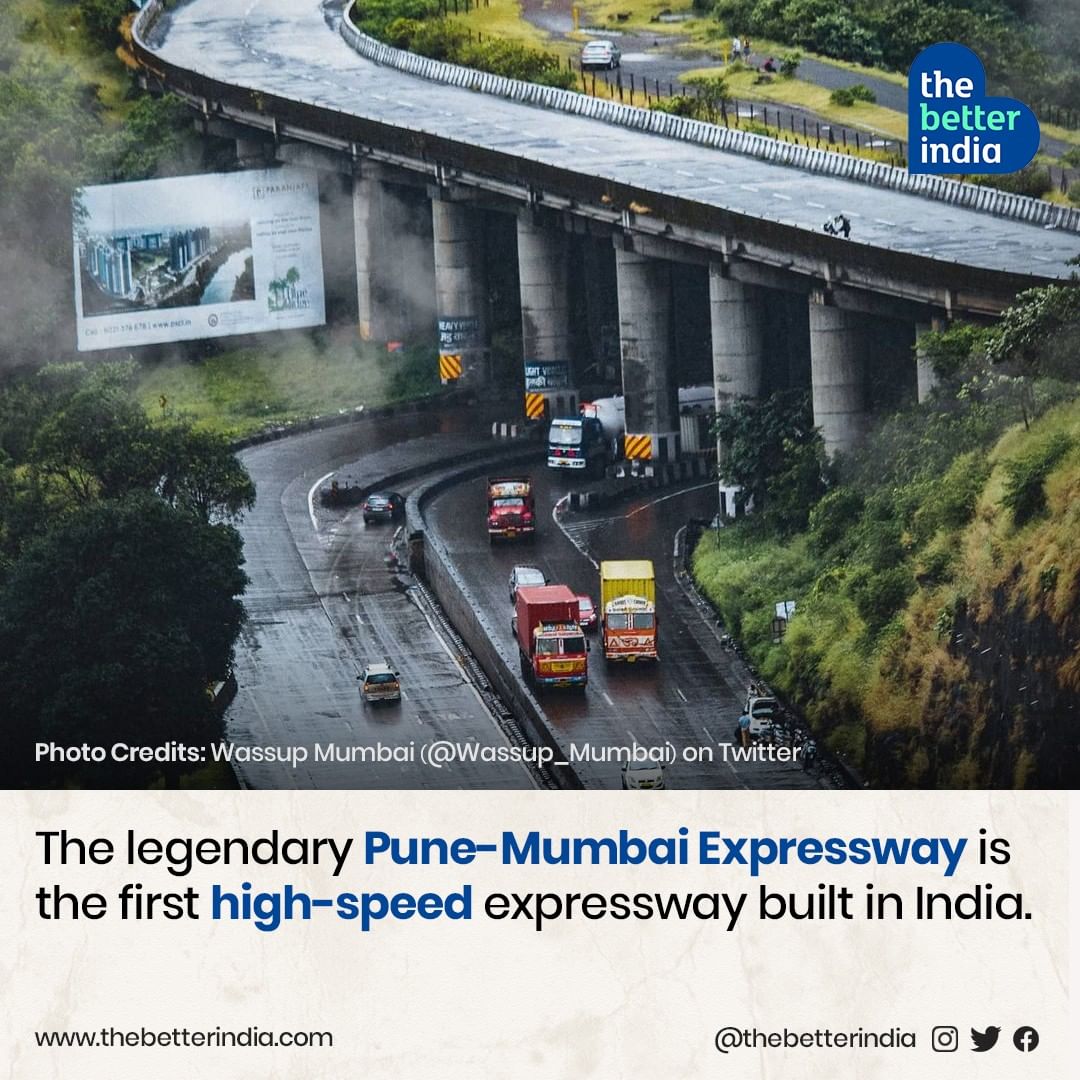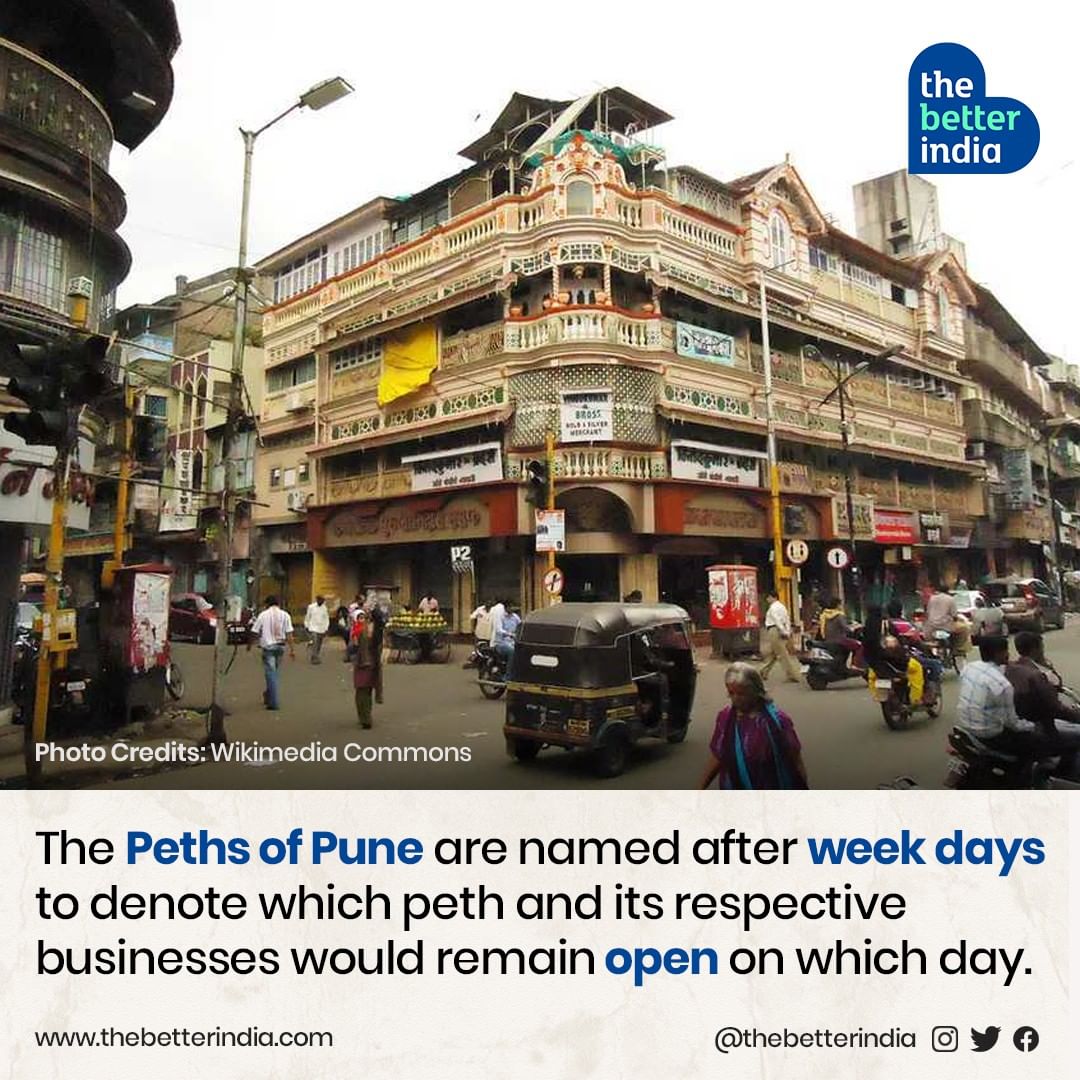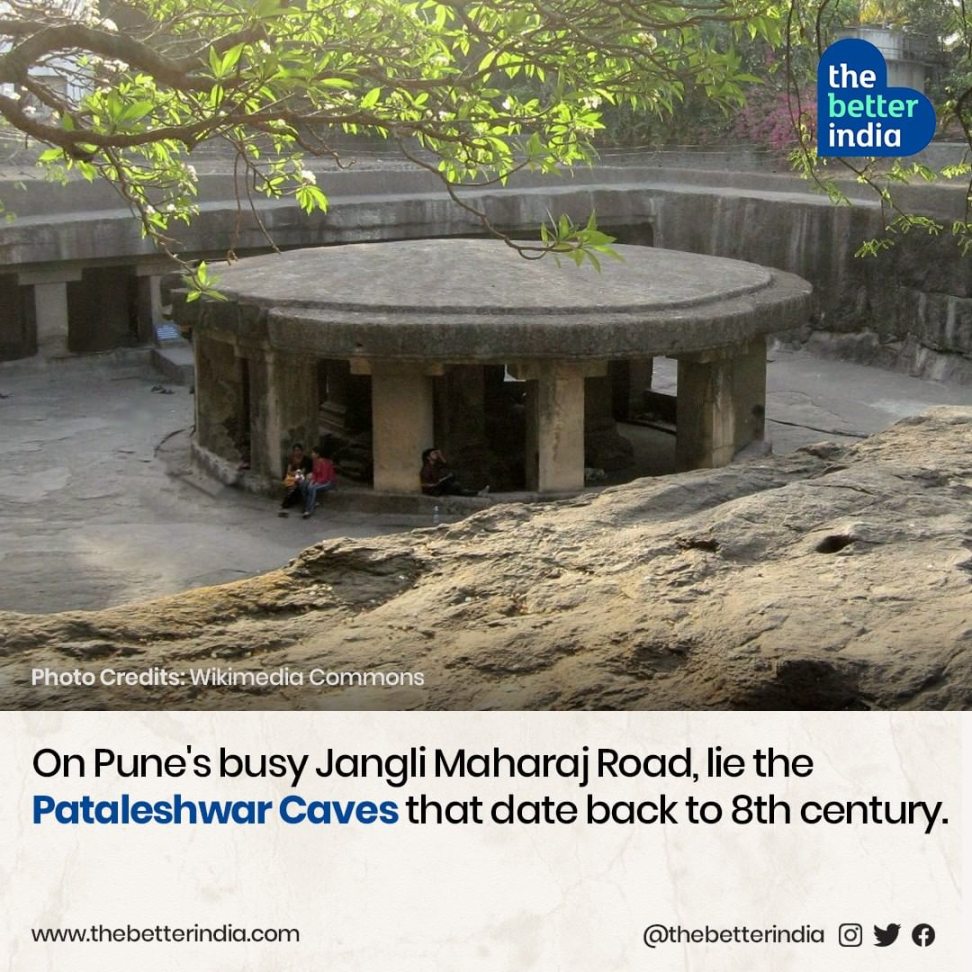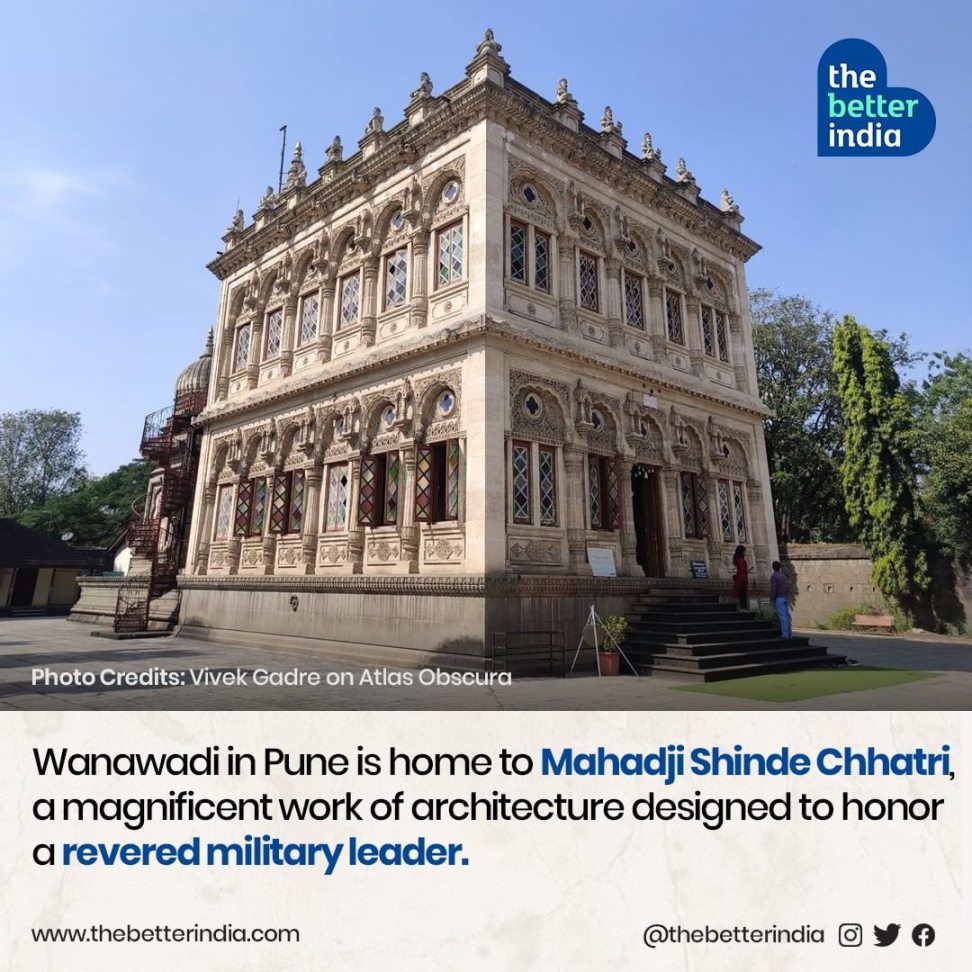8 Interesting Facts You Didn’t Know About Pune’s Rich History & Culture
Once the headquarters of the Maratha Empire, Pune holds a rich history and cultural heritage and boasts numerous forts, palaces and historical monuments.

With pleasant weather, a thriving IT industry, planned housing societies and beautiful holiday destinations, Pune has everything that makes it one of the most liveable cities in the country. Besides, the city is vibrant with a thriving nightlife and is also known as an educational hub for having several top institutions in the country.
Once the headquarters of the Maratha Empire, Pune also has a rich history and cultural heritage to its credit. No wonder it boasts numerous forts, palaces and historical monuments.
Not just that, there are several other interesting facts about Pune that set it apart from other cities in the country.
1. Pune from Punya

The name Pune was derived from the word ‘Punya’ which means the confluence of two rivers as it is situated on the banks of river Muthi and river Mula. The city was also named Punaka Desha, Punevadi, Kasba Pune, Poona and so on before it came to be known as Pune, officially, after 1978.
Historians also allege that the city got its name from the nearby Punyeshwar temple.
2. National Defence Academy

One of the most prominent defence institutions in the country, the National Defence Academy is located in Khadakwasla which is around 15 km from Pune. It is the world’s first tri-services academy where cadets of the three services — the Indian Army, Indian Navy and Indian Air Force — receive academic and technological training that helps them in their respective service careers.
Also, it is noted and admired for its architectural elegance that symbolises the brilliance of the academy that has mentored the finest military talents.
3. Origin of Badminton

Not many know that the modern-day badminton was once known as ‘Poona’ or ‘Poonah’, as we can trace its origins in the city during the 1800s. According to historical records, the racquet sport was invented by the British officers posted in Pune during their rule in India. The initial rules of the sport were formed in the city in 1873.
4. Pune-Mumbai Expressway

The Pune-Mumbai Expressway also known as Yashwantrao Chavan Expressway is India’s first six-lane, high-speed and access-controlled toll expressway. Covering around 94.5 km, the expressway starts at Kalamboli in Navi Mumbai and ends at Kiwale in Pune, connecting Mumbai and Pune.
5. Peths of Pune

‘Peth’ is a Marathi word for a general locality situated in the heart of the Pune city, which is also referred to as Old Pune. Created during the rule of the Marathas and Peshwas, there are around 17 Peths in the city.
The first among them was the Kasba Peth.
Though seven of the Peths were named after days of the week, the rest are named after their founders.
Sadashiv Peth, Shukrawar Peth, Raviwar Peth, Ganj Peth, Somwar Peth, Rasta Peth, Budhwar Peth, Shaniwar Peth, and Bhavani Peth are some of the most popular Peths of Pune.
Glimpses of traditional architecture and construction can still be witnessed in these areas.
6. Pataleshwar Cave Temple

The Pataleshwar caves, located on the Jangli Maharaj Road in Pune are dedicated to Lord Pataleashwar, another name dedicated to Shiva.
The caves house a temple dedicated to Lord Shiva and Nandi, which was carved out of a monolithic rock during the reign of ‘Rashtrakuta Dynasty’ in the eighth century AD and is a specimen of fine craftsmanship.
Also known as Panchaleshwar or Bhamburde Temple, it is believed to be built in just a few hours by the Pandavas when they were out in exile and were looking for shelter.
The construction of this temple is believed to have been inspired by the Elephanta caves and was left incomplete. Currently, the temple is under the maintenance of the Archaeological Survey of India (ASI)
7. Mahadji Shinde Chhatri

An 18th-century memorial situated in the Wanwadi area in Pune, the Shinde Chhatri is dedicated to the Maratha leader Mahadji Shinde who was the commander-in-chief of the Peshwas from 1760 to 1780.
He was a part of the powerful Scindia dynasty and held a significant role in establishing Maratha power in North India, after the Third Battle of Panipat in 1761.
The memorial is built in Anglo-Rajasthani architecture with intricate carvings on its walls and a majestic iron gate; it is in fact one of the oldest buildings in the city. Now a popular tourist attraction.
8. Nanasaheb Peshwa Memorial

Balaji Baji Rao, popularly known as Nanasaheb, was one of the most efficient rulers of Pune. He was given the responsibility of controlling the Maratha Empire at the young age of 19 after the death of his father, Baji Rao I.
He who served as the Peshwa (Prime minister) of Pune played a major role in the development of the city. It was Nanasaheb who built the first-ever permanent bridge over the Mutha River and also established a reservoir in the nearby town of Katraj that brought clean water to the city.
The memorial was erected at the spot where Nanasaheb was cremated in 1761. It has murals depicting the life and times of Nanasaheb Peshwa and a map of India showing the details of the Maratha Empire during his time.
Sources:
History lovers dig into Pune’s past, by Ashish Jadhav; published by DNA on 23 January 2011.
Reasons that make Pune the most liveable city in India, by Panchali Dey; published by Times of India on 16 August 2018.
7 Things That Make Pune The Best Of All Cities In India, by Akash Singh; published by Native Planet on 8 October 2018.
(Edited by Yoshita Rao)
If you found our stories insightful, informative, or even just enjoyable, we invite you to consider making a voluntary payment to support the work we do at The Better India. Your contribution helps us continue producing quality content that educates, inspires, and drives positive change.
Choose one of the payment options below for your contribution-
By paying for the stories you value, you directly contribute to sustaining our efforts focused on making a difference in the world. Together, let’s ensure that impactful stories continue to be told and shared, enriching lives and communities alike.
Thank you for your support. Here are some frequently asked questions you might find helpful to know why you are contributing?


This story made me
-
97
-
121
-
89
-
167











